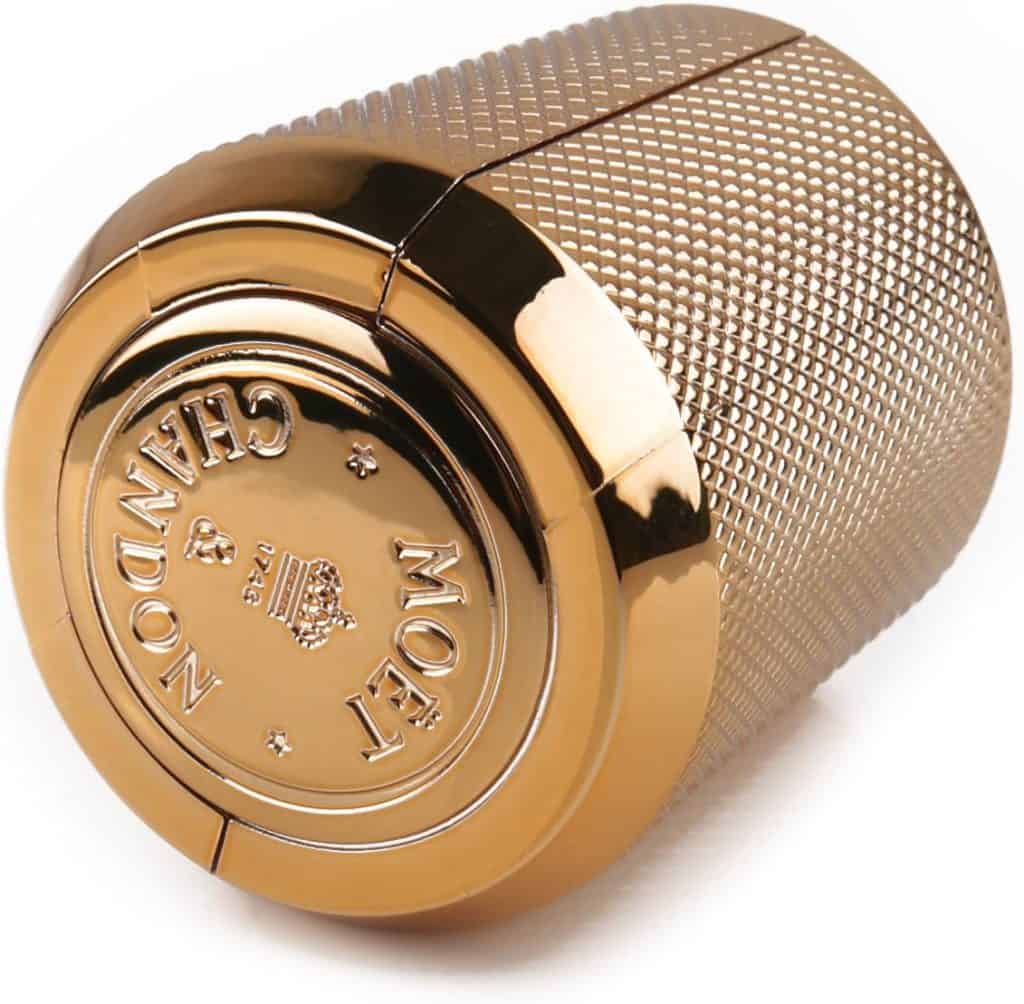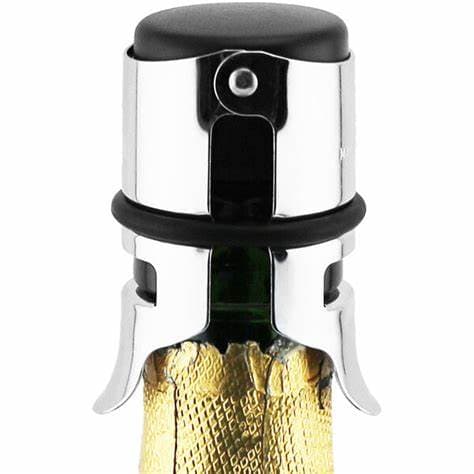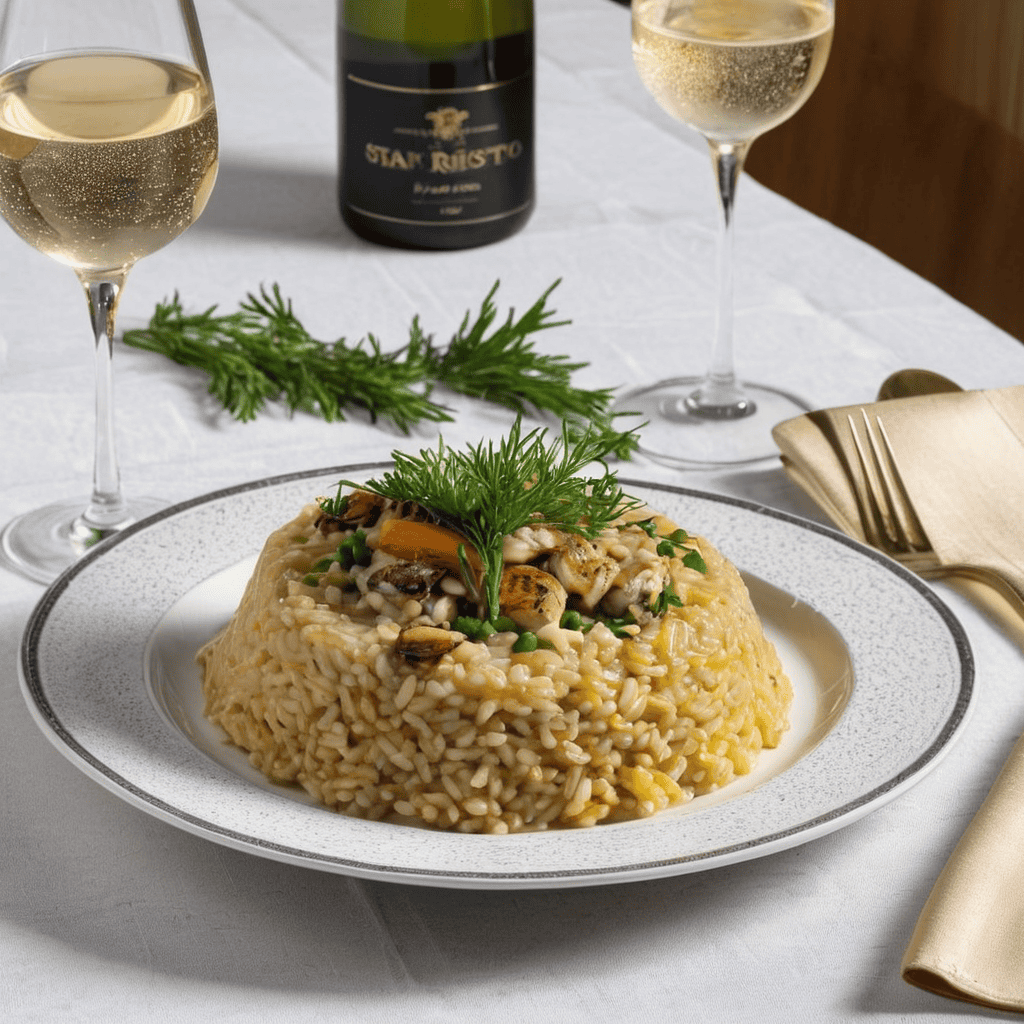Pop, fizz, clink! The sound of a champagne cork popping is music to our ears, signaling celebration and joy. But what happens when the party’s over, and you’re left with half a bottle of bubbly champagne?
In this guide, we’ll uncork the secrets to storing opened champagne. Get ready to master the art of bubble preservation with our 5 simple yet effective tips that’ll keep your champagne fresh and fabulous for days to come!
Welcome to Didi Somm, and Cheers!
Important Notice: The information in this article is for general and public information purposes only. It solely reflects Didi Somm’s or his Staff’s opinion, and no responsibility can be assumed for errors or omissions in the service’s contents. For details, please check the Disclaimer at the bottom of the homepage.

Takeaways
Proper storage can extend opened champagne’s life to 3-5 days
Temperature and positioning are crucial for preserving bubbles
Specialized tools like champagne stoppers make a significant difference
Creative uses for flat champagne can prevent waste
Understanding the science behind carbonation helps in better preservation
Practical tips to save leftover champagne and maintain its flavor and fizz
Understanding Champagne Storage:
Before we dive into our top-notch storage tips, let’s pop the cork on some champagne basics. Understanding the science behind those tiny bubbles in a champagne bottle is key to preserving their lively dance in your glass. Understanding these basics is crucial for champagne and other sparkling wines like Prosecco and Cava.
How Long Does Champagne Last Once Opened?
The clock starts ticking the moment you open that bottle of liquid gold. Generally, champagne has a shelf life of about 3-5 days once opened, depending on storage conditions. However, if not stored properly, your bubbly can go flat faster than you can say, “Cheers!” The longevity of opened champagne depends on several factors, including the quality of the champagne and, most importantly, your storage methods. For more detailed tips on how to store leftover champagne and save it after opening, read on to discover the best storage methods.
Why Does Champagne Go Flat?
Those delightful bubbles in champagne are made of carbon dioxide gas, released when the bottle is opened. Here’s the fizzy science: carbon dioxide is more soluble at cold temperatures, so the longer it’s chilled, the longer it will hold onto the dissolved gas. As the temperature warms up, the bubbles in champagne will eventually dissipate, leaving you with a sad, flat shadow of its former sparkling self.
Now that we’ve laid the groundwork let’s discuss our 5 expert tips for keeping your champagne bubbling with joy!
1. Store Champagne Upright in the Fridge:
The first rule of Champagne Club? Always store opened bottles upright in the fridge. This seemingly simple step is crucial for several reasons:
Prevents cork drying: Keeping the bottle upright ensures the cork stays moist, maintains its seal, and prevents unwanted air from sneaking in.
Temperature control: Your fridge provides a consistent cool environment, typically between 40°F and 45°F, which is ideal for preserving those precious bubbles.
Light protection: The dark interior of your fridge shields the champagne from light exposure, which can alter its taste and aroma.
This method is also effective when you store unopened champagne bottles to maintain their quality until you are ready to serve them.
Pro tip: Avoid storing champagne in the door of your fridge, where temperatures fluctuate most. Instead, place it on a shelf towards the back for optimal cooling.
2. Use an Airtight Champagne Stopper:
If there’s one investment every champagne lover should make, it’s a quality champagne stopper, which is more effective than traditional champagne corks. Here’s why it’s a game-changer:
Pressure preservation: Unlike regular wine stoppers, champagne stoppers are designed to withstand the high pressure inside the bottle, keeping those bubbles where they belong.
Airtight seal: A good stopper creates a hermetic seal, preventing oxygen from entering and carbon dioxide from escaping.
Easy to use: Most champagne stoppers are user-friendly, allowing you to seal and unseal the bottle easily.
When selecting a stopper, look for one with a tight seal and sturdy construction. Some even come with a pressure gauge, letting you monitor the carbonation levels like a true champagne connoisseur.
Below, we show you three types of Champagne Bottle Stoppers, the last one being a “vintage type” one from my collection.
Moet &Chandon Champagne bottle stopper

Monopol Champagne bottle stopper

Vintage Champagne Stopper Monopol
3. Keep Sparkling Wine Cold:
Temperature is key when it comes to preserving your champagne’s effervescence. Using a champagne sealer can also help maintain the carbonation and freshness of your sparkling wine. Here’s how to keep it cool:
Refrigerate immediately: Return the bottle to the fridge as soon as you’re done pouring. Every minute at room temperature is a minute too long!
Avoid temperature fluctuations: Consistent cold is crucial. Avoid repeatedly taking the bottle in and out of the fridge, as this can cause the liquid to expand and contract, potentially pushing out the cork.
Skip the freezer: While it might be tempting to chill your champagne quickly in the freezer, resist the urge. Extreme cold can kill the bubbles and alter the taste.
Remember, the ideal serving temperature for champagne is between 45°F and 50°F. By keeping it consistently cool, you preserve the bubbles and ensure it’s ready to serve at a moment’s notice.
4. Consider a Wine Fridge for Optimal Storage:
A wine fridge can be a worthwhile investment for serious champagne aficionados or those living in hot, humid climates. Here’s why:
Precise temperature control: Wine fridges allow you to set and maintain the perfect temperature for your bubbly.
Humidity regulation: Many wine fridges also control humidity levels, which is crucial for long-term storage of unopened bottles.
Protection from vibration: Unlike regular refrigerators, wine fridges are designed to minimize vibrations that can disturb the sediment in wine and champagne.
While a wine fridge might be overkill for casual drinkers, it’s a game-changer for those who frequently enjoy fine champagnes or collect rare vintages. For those without a wine cellar, a wine fridge offers a practical alternative for storing a collection of wines and champagne.

5. Get Creative with Leftover Champagne:
Sometimes, despite our best efforts, we can’t finish a bottle before it loses its sparkle. But don’t let that champagne go to waste! Here are some creative ways to use your leftover bubbly:
Cocktail hour: Use flat champagne as a base for mimosas, bellinis, or other sparkling cocktails. The added ingredients will mask any loss of fizz.
Cooking companion: Champagne is an excellent addition to sauces, risotto, and desserts. Try poaching pears in champagne for a sophisticated treat.
Vinegar venture: Let your champagne turn into vinegar for a gourmet addition to your pantry. It’s perfect for salad dressings and marinades.
Thinking outside the bottle, you can ensure that every drop of your precious champagne is fully enjoyed. Alternatively, you can use plastic wrap secured with a rubber band as a temporary solution to keep your champagne fresh.

FAQ – How to store opened champagne
1. Q: Can I store opened champagne without a special stopper?
A: While possible, it’s not ideal. A regular wine stopper or the original cork won’t maintain the pressure to keep the bubbles intact. For best results, invest in a champagne-specific stopper.
2. Q: How long can I keep an unopened bottle of champagne?
A: Non-vintage champagne can typically be stored for 3-4 years, while vintage champagne can last 5-10 years or more when stored properly.
3. Q: Is it okay to store champagne in the freezer?
A: No, storing champagne in the freezer can ruin its taste and texture. The extreme cold can also cause the bottle to explode.
4. Q: Can I store champagne on its side after opening?
A: It’s best to store opened champagne upright to minimize the surface area exposed to air and to prevent leakage.
5. Q: What’s the ideal temperature for storing opened champagne?
A: The ideal storage temperature for opened champagne is between 40°F and 45°F, which is the typical temperature of a refrigerator.
6. Q: Does the quality of champagne affect how long it stays bubbly after opening?
A: Higher-quality champagnes generally retain their bubbles longer due to finer, more stable carbonation.
7. Q: Can I use a regular wine preserver spray on champagne?
A: While it may help somewhat, these sprays are not designed for the high pressure in champagne bottles and won’t be as effective as a proper champagne stopper.
8. Q: How can I tell if my opened champagne has gone bad?
A: If your champagne has lost all its bubbles, changed color, or developed an off odor, it’s likely past its prime.
9. Q: Is it safe to drink flat champagne?
A: While flat champagne isn’t harmful to drink, it may not taste very good. It’s better used in cooking or cocktails.
10. Q: Can I recarbonate flat champagne?
A: It’s not recommended to try recarbonating champagne at home. The results are usually disappointing and can be potentially dangerous.
11. Q: How does light affect stored champagne?
A: Light, especially UV rays, can degrade the quality of champagne, affecting its taste and aroma. Always store champagne in a dark place.
12. Q: Can I use a vacuum pump wine preserver on champagne?
A: No, vacuum pumps are unsuitable for champagne as they can remove the bubbles and air.
13. Q: Does the bottle size affect how long champagne stays fresh after opening?
A: Generally, smaller bottles (like splits) will lose their fizz faster than standard 750ml bottles due to the higher air ratio to liquid once opened.
14. Q: Can I store opened champagne in a decanter?
A: It’s not recommended. Decanters are designed to let wine breathe, which is the opposite of what you want for champagne preservation.
15. Q: How long does champagne last in cooking?
A: When used in cooking, champagne’s alcohol evaporates, but the flavors remain. In sauces or glazes, it can last 2-3 days in the refrigerator.
Conclusion:
There you have it, champagne enthusiasts! These five simple yet effective tips allow you to keep your opened champagne sparkling for days.
To recap, the key to preserving that celebratory fizz lies in proper storage, temperature control, and a bit of creativity. By following these guidelines, you can extend the life of your favorite bubbly, ensuring that every sip is as delightful as the first.
Cheers to keeping the bubbles alive and the good times flowing!
For your reference, the latest articles by Didi Somm include:
- Sip Smart: The Ultimate Guide to Low Alcohol Wine
- How to Read a Wine Label: 15 Expert Tips
- Built in Wine Refrigerator – 7 Best Solutions for You
- Best Wine Cellar Flooring Ideas For You – 5 Expert Tips
- Long Term Wine Storage – All You Need To Know
- Small Space Wine Storage Solutions – 10 Great Ideas
Important Notice: The information in this article is for general and public information purposes only. It solely reflects Didi Somm’s or his Staff’s opinion, and no responsibility can be assumed for errors or omissions in the service’s contents. For details, please check the Disclaimer at the bottom of the homepage.



